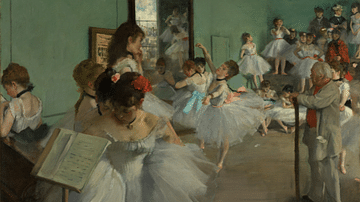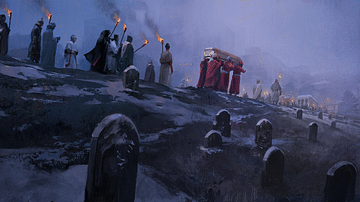Illustration
An illustration depicting the strict hierarchical structure of the societies of Western Europe in the Middle Ages (c.10th-13th century) based on a tenement-based distribution of the land into units or "fiefs." During a period commonly known as Feudalism, the Crown owned all of the Realm (except the Church's possessions) and portioned it out to the nobles in exchange for military service or rent. Knights were, in turn, tenants of the nobles. The lowest class - the peasants (villeins or serfs) were obliged to work the land and give labor, homage, and a share of the produce to their lord in exchange for protection.
About the Author
Cite This Work
APA Style
Netchev, S. (2022, March 16). The Feudal Society in Medieval Europe. World History Encyclopedia. Retrieved from https://www.worldhistory.org/image/15424/the-feudal-society-in-medieval-europe/
Chicago Style
Netchev, Simeon. "The Feudal Society in Medieval Europe." World History Encyclopedia. Last modified March 16, 2022. https://www.worldhistory.org/image/15424/the-feudal-society-in-medieval-europe/.
MLA Style
Netchev, Simeon. "The Feudal Society in Medieval Europe." World History Encyclopedia. World History Encyclopedia, 16 Mar 2022, https://www.worldhistory.org/image/15424/the-feudal-society-in-medieval-europe/. Web. 29 Jun 2025.








